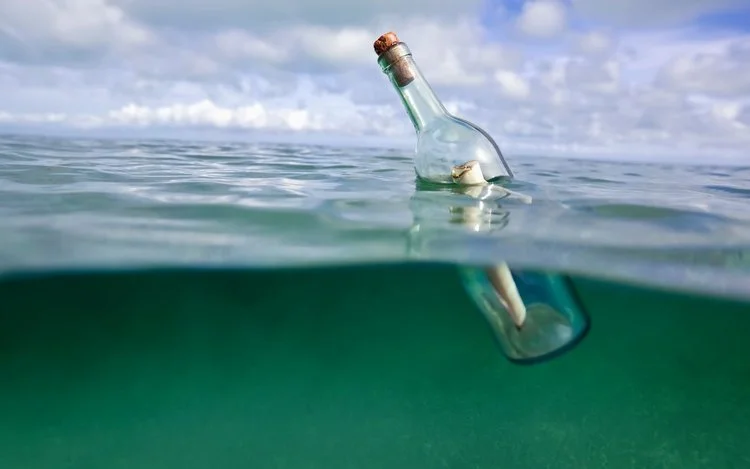Our May 9th Good Advice Over Coffee (GAOC) featuring “Donor-centric Communications” kicked off with this question: What is your preferred method of communication? These days, the options are aplenty. Email. Text. Phone. Snail mail. Or maybe the latest social media app.
But if you are like the cause champions who gathered at our GAOC table, face-to-face communication is at or near the top of your list. In fact, not one of the attendees named social media as their favorite means of communicating. That may not be surprising. After all, taking a cue from our April 11th GAOC (“Relational Marketing and Fundraising”), we know the importance of relationship building to our work of advancing community causes. Face-to-face is as relational as it gets, and in-person visits are at the peak of the effective donor-centric communications pyramid.
Don’t get me wrong – email and social media, for example, have their place. There are no better channels for broadly communicating an organization’s mission to the community at large. But when it comes to inviting deeper individual engagement, they run the risk of getting lost at sea like the proverbial message in a bottle.
Effective nonprofit executives strive, then, to personalize their communications to match their donors’ preferences, strengthening that relationship and building trust. As is becoming the custom, GAOC attendees generously shared their own tips and stories about implementing donor-centric communications, which included:
Handwritten notes to first-time donors of gifts of any size
Small, unexpected tokens of appreciation delivered to major gift donors
Behind-the-scenes tours and site visits
Calls inviting them to attend non-fundraising special events related to their interests
Mission-focused videos that inform, inspire, and engage (from professionally produced fundraising videos to DIY thank-you videos to videos from apps like ThankView and Thankr)
Annual reports and fact sheets showing financial transparency and operational efficiency
Ultimately, we find that having a variety of communication methods in our clients’ toolboxes is important and that knowing which one to implement and when is essential. When we select the method that best strengthens our relationships with our donors and recognizes their central importance to advancing our causes, we’re making the donor-centric choice.
Want some good advice over coffee? Our next topic is Business and Education Partnerships – Creating a lovefest. Please join us!


